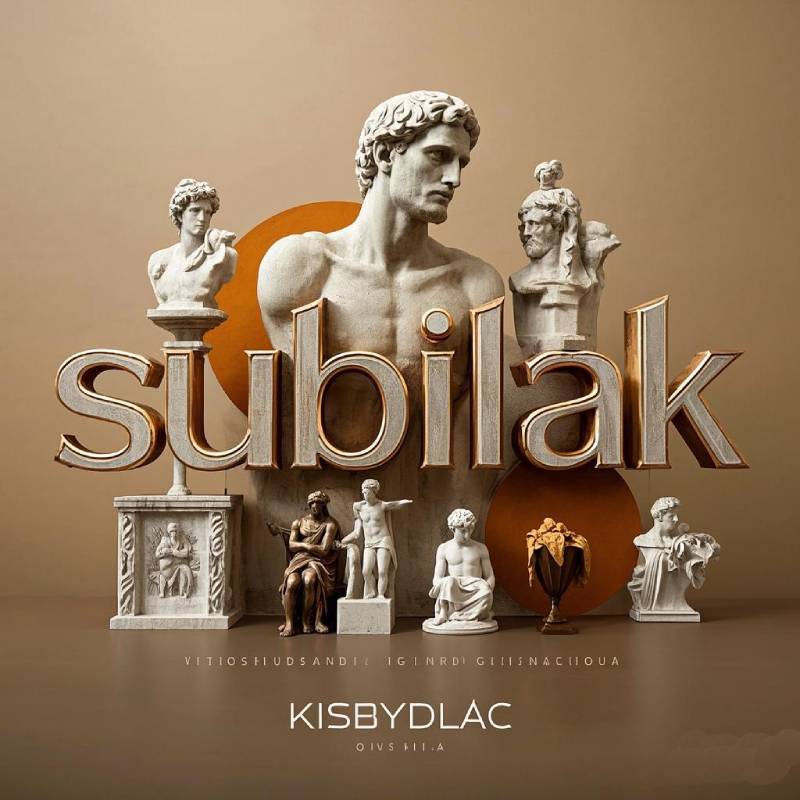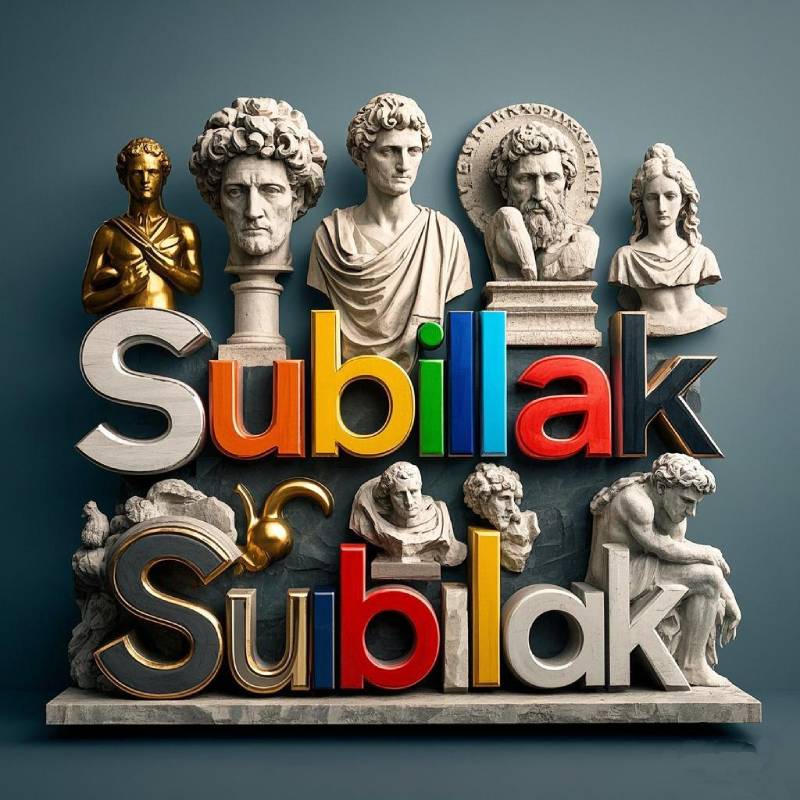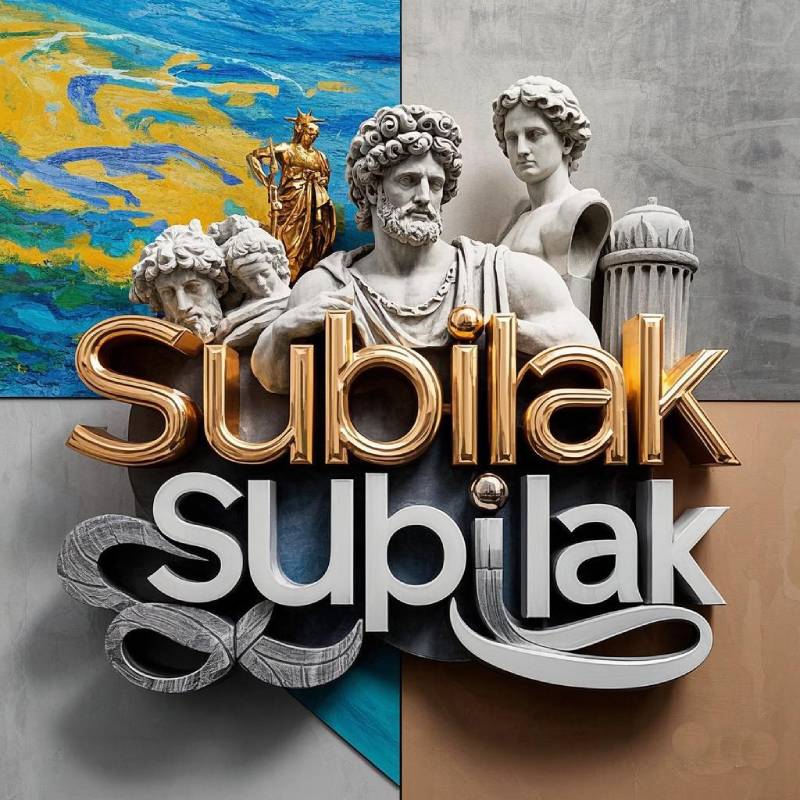The simulation material of plaster statues is a technology that every beginner sculptor must master. Proper treatment can make the imitation effect of the work reach the point of being indistinguishable from the real thing. It has both the texture of some natural materials and can add to the expressiveness of the work, thus giving people a good visual beauty. Due to the limitation of the materials used for imitation, the surface effect of the work cannot be eaten for a long time, so it is still a decorative means. Generally, the surface simulation materials of plaster sculptures are divided into grease and colloid. Grease materials have strong adsorption capacity, such as paint and oil paint. Colloid materials include glue, gouache, watercolor, acrylic paint, etc., which are prepared with water, have general adsorption capacity, are easy to make, and have a short shelf life. These two types of materials with different properties are only suitable for the surface effect treatment of indoor decorative sculptures. Other materials include gold, silver powder, lead powder, etc. The following is a brief introduction to the surface effect treatment examples of copper, iron, and rust steel.

First, the effect of imitating bronze statues
Apply shellac liquid to the surface of the dried plaster statue once or twice as a primer, and after it dries, use oil paint to mix bronze color soil and brush it on. When it is dry, use gauze to gently wipe the copper base at the high point of the head, but do not wipe out every high point, so as not to affect the shape with too many bright spots. Then use an oil brush to dip gouache or oil painting powder green to dot the concave part of the shape as appropriate, like copper rust, and finally adjust it to the bronze sculpture effect according to visual perception.

Second, the effect of imitating cast iron statues
Also use shellac liquid to make a primer, and after it dries, use black and dark red oil paints to adjust and apply it to the surface of the statue. When it is dry, add a little silver powder to the sub-paint basin and adjust it slightly and brush it on the protruding parts of the statue as appropriate, so that the dark brown can vaguely feel the taste of cast iron. After it is completely dry, use a 6B pencil or pencil powder to gently and repeatedly rub the high protrusions of the statue several times, which has a darker luster and is more like cast iron. Then use your finger or oil painting brush to dip a very small amount of varnish and rub it on the turning line and high point of the protruding part of the statue. After a few minutes, if you feel it is a little sticky, you can use a dry oil painting brush to dip a little gold and silver mixed powder and rub it on the varnished part. At first glance, it looks like a cast iron statue.

Third, imitation stainless steel sculpture effect
First brush the sculpture with varnish, touch it with your finger when it is dry, if it feels a little sticky, you can use an oil painting brush to dip silver powder and apply it to the surface of the statue, rubbing it repeatedly while applying. This will not damage the primer, the color is very bright, and the appearance is like stainless steel, which is better than mixing silver paint.

